Ancient Psychedelia: Alien Gods & Mushroom Goddesses
Online Book - Chapter 19, Page 380
Back to Online Book Mainpage / Next Page (Chapter 19, Page 381)
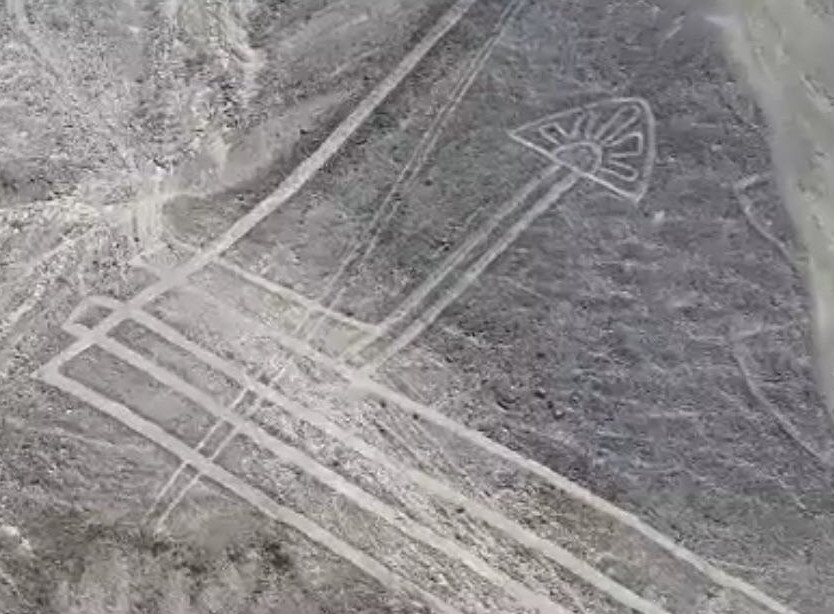 (79j, k) Nazca Lines, Peru 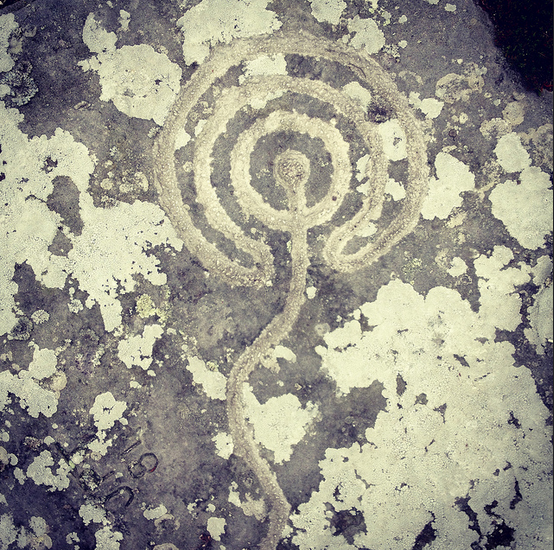 (7b) Blawearie, Northumberland There are also a couple Nazca line drawings of a mushroom (79j, k), one of which looks just like the rock engraving from Blawearie, Northumberland (7b). One of the most interesting ways of occulting the mushroom, which is to use the forehead as the cap and run the stem down as the nose, is often highlighted in art from the Chavin culture from the Andean highlands in Peru c. 900 BC-200 BC (78c), as well as the Requay culture from 200 BC-600 AD (78d). We see this occasionally in other cultures as well, such as the Greek Mycenaean funerary mask from the 16th century BC (10f); menhirs at Filitosa in southern France (27h), and the Moai from Easter Island (27m). |
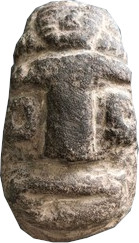 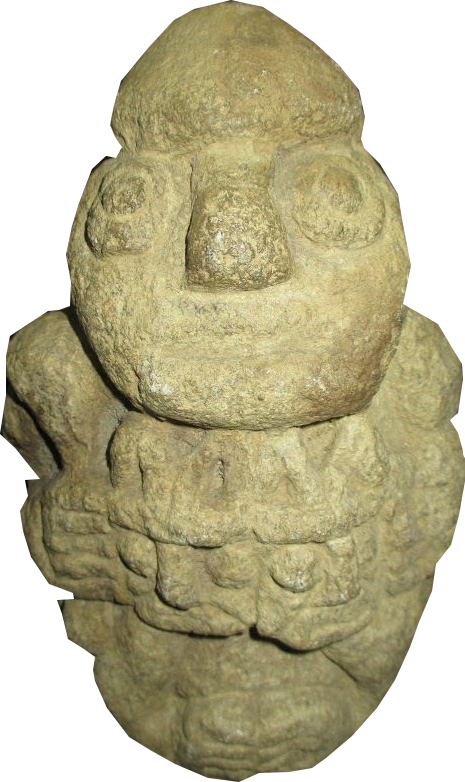 R: (78d) Recuay culture, Peru c. 200 BC-600 AD 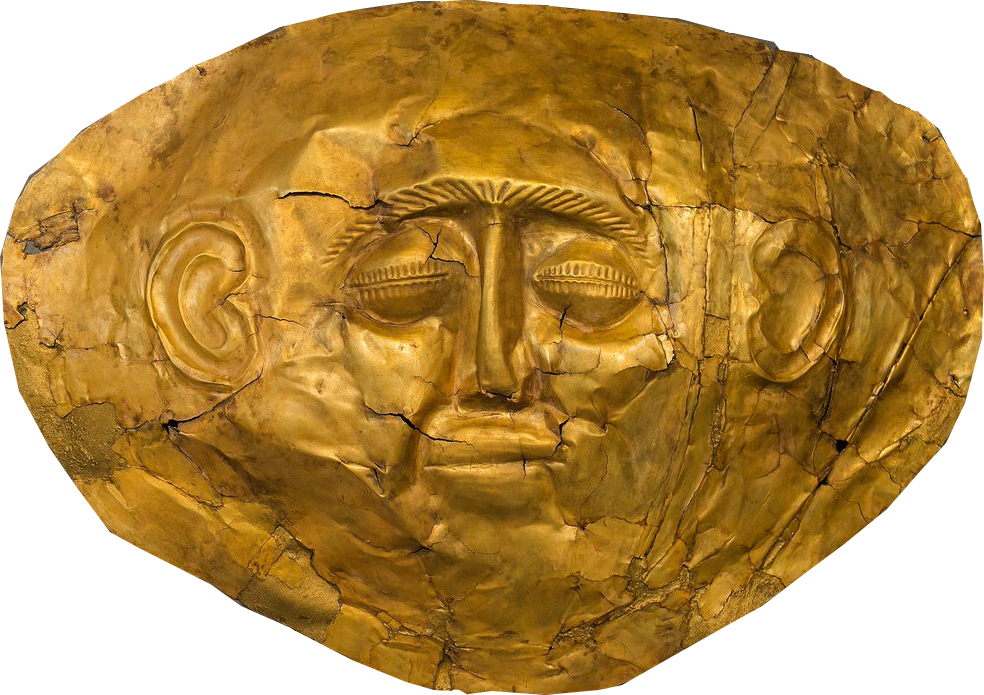 (10f) Greece, Funerary Mask in gold foil embossing Found in Tomb IV, Circle A, Mycenae, c. 16th century BC L: (27h) Filitosa, southern Corsica France. c. 1500 BC 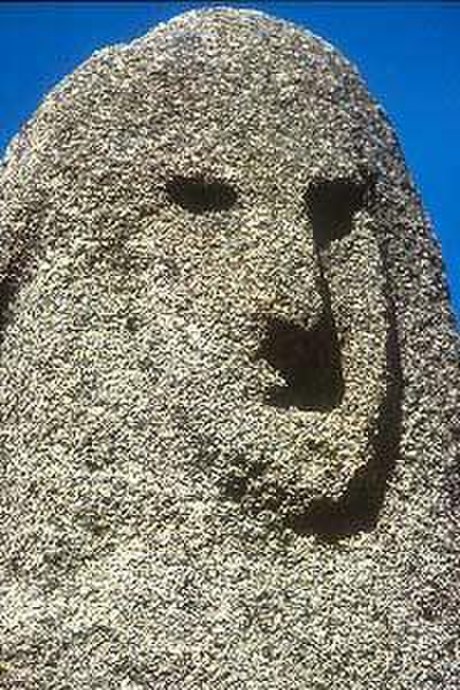 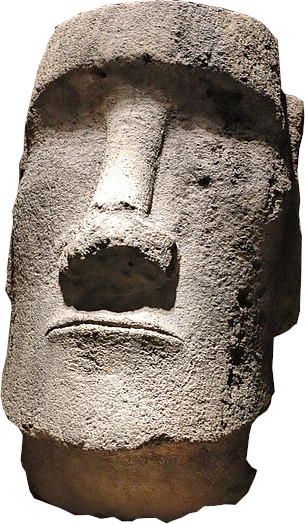 R: (27m) Easter Island Moai |
Go Back to Page 379